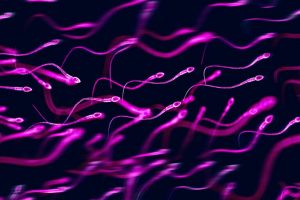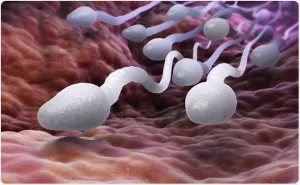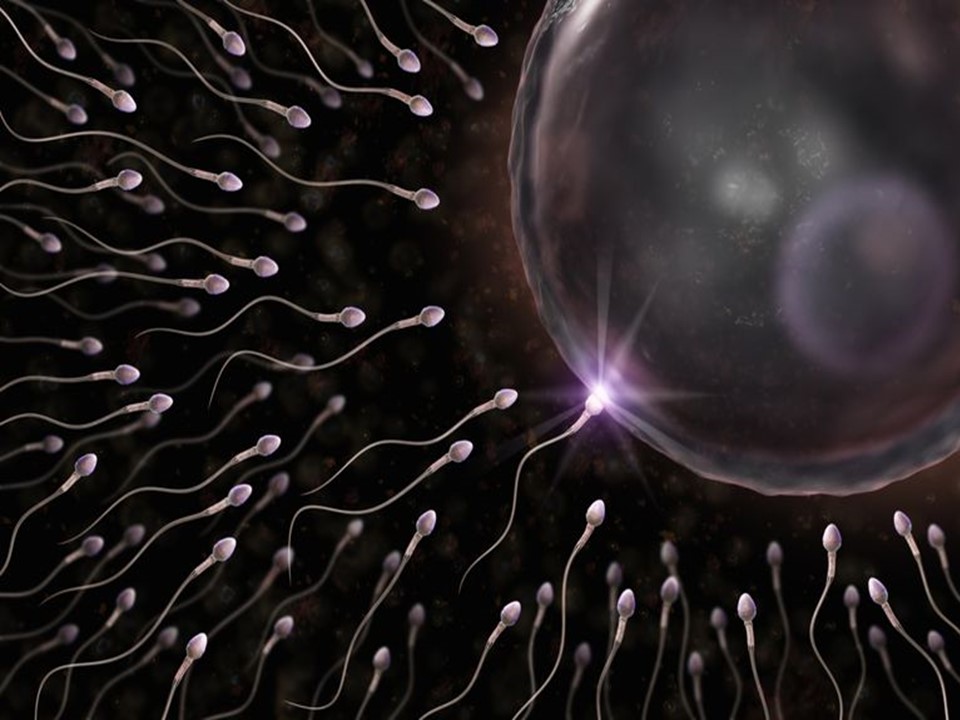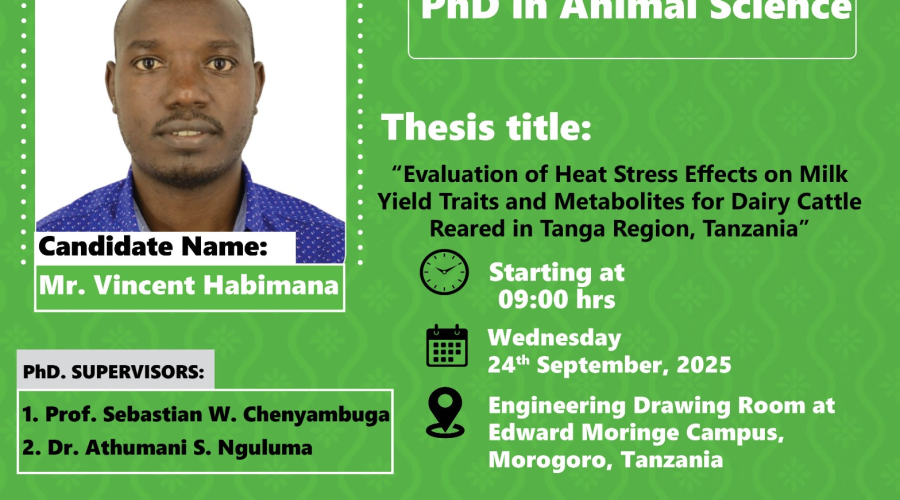Artificial insemination (AI) in Tanzania was being used primarily in the livestock sector, particularly for cattle breeding. Artificial insemination is a reproductive technology that involves the introduction of sperm into the reproductive tract of a female to achieve fertilization without natural mating. The adoption of AI in Tanzania has been aimed at improving livestock breeds, increasing productivity, and enhancing the overall agricultural sector. This technology allows farmers to access superior genetics from well-performing bulls without the need to physically transport the bulls to remote areas, which can be costly and logistically challenging. By using semen from genetically superior bulls, farmers can improve the overall productivity and quality of their livestock, resulting in better meat or milk production and other desirable traits. The success or failure of artificial insemination (AI) depends on the quality of semen used.
 A researchers from Sokoine University of Agriculture (SUA); National Artificial Insemination Centre (NAIC), Arusha, Tanzania and Tanzania Dairy Board (TDB) investigated the effect of breed, age, collection period, and ejaculate number on semen quality collected from 15 breeding bulls with different ages (4 Friesian, 4 Ayrshire, 3 Jersey, 2 Simmental and 2 Boran breeds) maintained at National Artificial Insemination Center (NAIC), Arusha, Tanzania. A total of 600 ejaculates were collected for four weeks per month consecutively from January to May 2022, weekly per bull and twice a day; morning (6.00 – 9.00 AM) and evening (3.00 – 6.00 PM) sessions). The ejaculates were first examined visually for volume, color, foreign bodies, and consistency whereas sperm concentration (SPC), progressive motility (PM) and total motility (TM) were assessed using Computer Assisted Semen Analysis System (CASA). Viability/vitality (SPVI) and morphology (SPNR) of sperms were analyzed microscopically after staining with Eosin-Nigrosin.
A researchers from Sokoine University of Agriculture (SUA); National Artificial Insemination Centre (NAIC), Arusha, Tanzania and Tanzania Dairy Board (TDB) investigated the effect of breed, age, collection period, and ejaculate number on semen quality collected from 15 breeding bulls with different ages (4 Friesian, 4 Ayrshire, 3 Jersey, 2 Simmental and 2 Boran breeds) maintained at National Artificial Insemination Center (NAIC), Arusha, Tanzania. A total of 600 ejaculates were collected for four weeks per month consecutively from January to May 2022, weekly per bull and twice a day; morning (6.00 – 9.00 AM) and evening (3.00 – 6.00 PM) sessions). The ejaculates were first examined visually for volume, color, foreign bodies, and consistency whereas sperm concentration (SPC), progressive motility (PM) and total motility (TM) were assessed using Computer Assisted Semen Analysis System (CASA). Viability/vitality (SPVI) and morphology (SPNR) of sperms were analyzed microscopically after staining with Eosin-Nigrosin.
Data were subjected to SAS program and results showed that ejaculate volume, progressive motility, total motility, sperm viability, and morphology were significantly (P<0.05) affected by age and collection period. Simmental, Friesian, and Ayrshire bulls produced more voluminous semen than Jersey and Boran bulls. Jersey bulls had higher (P<0.05) sperm concentrations and live spermatozoa as compared to other bulls. Boran and Jersey’s bulls exhibited higher PM and TM than the other bulls. The period of semen collection (morning versus evening) negatively affected semen volume, total motility, and semen viability in which morning harvests performed better than evening collections. Middle aged bulls (3-5 years) produced semen of higher quality compared to other groups (< 3 years and > 5 years old bulls). In conclusion, age, breed, period of semen production and ejaculate number revealed significant effect on bovine semen characteristics.

For more details: Click here
Ngoda, P., Kashoma, I., and Msalya, G. (2023). A Semen quality of progeny-tested breeding bulls maintained at the National Artificial Insemination Centre, Arusha, Tanzania. East African Journal of Science, Technology and Innovation, 4(3).
The Department of Animal, Aquaculture, and Range Sciences
The College of Agriculture, Sokoine University of Agriculture
Share this page



